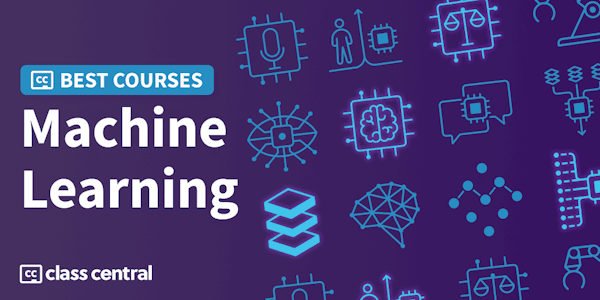Overview
Syllabus
Intro
Outline
The ML model development process
Model Evaluation
Motivation
Common approach: importance weighting
Motivating example
Mandoline: Slice-based reweighting framework
The theory behind using slices
More formally...
Density Ratio Estimation
Experiments: tasks
Experiments: compare to reweighting on x
Summary
Taking a step back - how do we get slices? What are sli
Measuring model performance
Hidden Stratification: Approach
ML model development process, revisited
Another angle - how else can we evaluate?
"Closing the loop" - how do we update?
Taught by
Stanford MedAI


